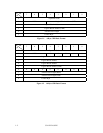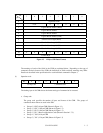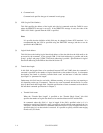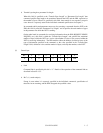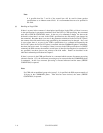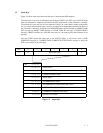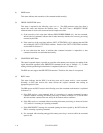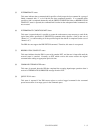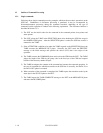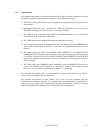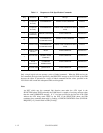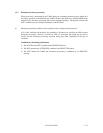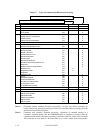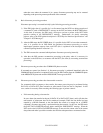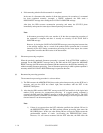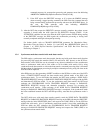C141-E124-01EN1 - 10
1.3 Outline of Command Processing
1.3.1 Single commands
Following shows single command processing examples which are the most basic operations on the
SCSI bus. Furthermore, if disconnect processing is permitted, it may be accompanied by
disconnect/reconnect processing during the command execution, depending on the type of
command, but this operation is omitted in the following explanation. The disconnect function is
described in Section 1.3.3.
1) The INIT sets the initial values for the command in the command pointer, data pointer and
status pointer.
2) The INIT selects the TARG in the SELECTION phase after obtaining the SCSI bus usage in
the ARBITRATION phase. After the SELECTION phase is ended, the SCSI bus control is
entrusted to the TARG.
3) If the ATTENTION condition exists when the TARG responds to the SELECTION phase, the
TARG executes the MESSAGE OUT phase. Normally, the INIT sends the IDENTIFY
message as the initial message and specifies the device (LUN) that is the object of the
operation.
4) The TARG executes the COMMAND phase and receives the CDB from the INIT. The TARG
judges the length of the CDB by the group code in the first byte of the CDB and requests
transfer of the necessary number of bytes.
5) The TARG investigates the contents of the command and executes the requested operation. In
the case of commands for which data transfer on the SCSI bus is necessary, the DATA IN or
the DATA OUT phase is executed.
6) When execution of the command is completed, the TARG reports the execution results by the
status byte in the STATUS phase to the INIT.
7) The TARG reports the TASK COMPLETE message to the INIT in the MESSAGE IN phase
and enters the BUS FREE phase.



